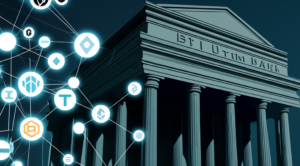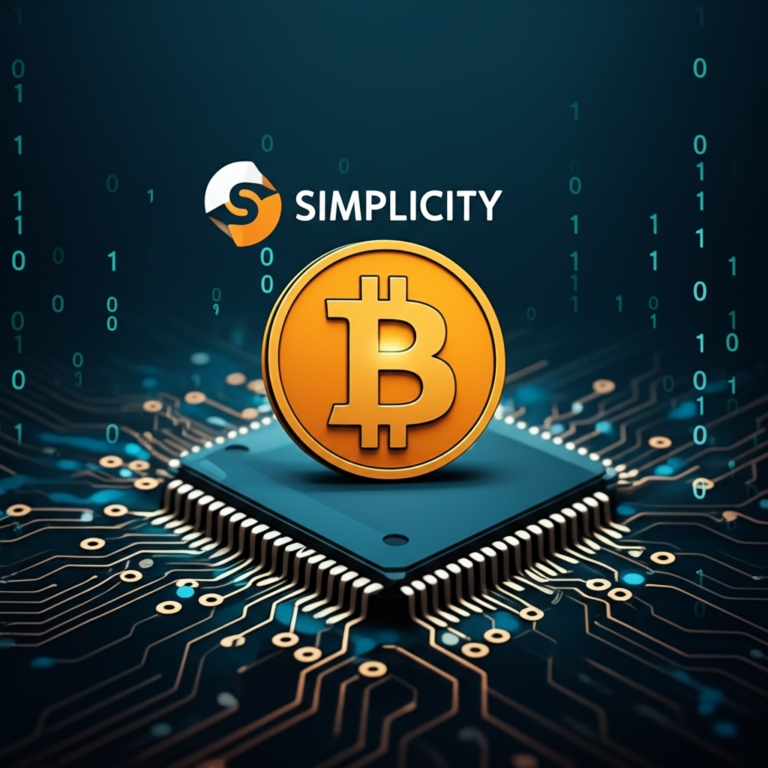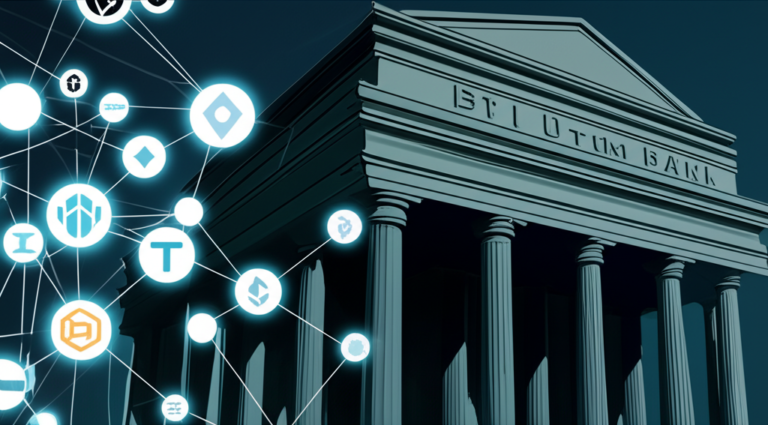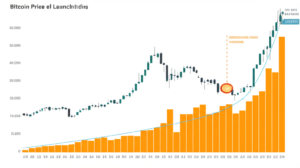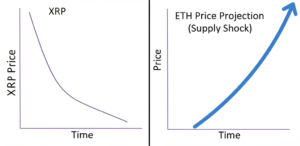Solo Miner Strikes Gold: $373,000 Bitcoin Block Reward Highlights Network Resilience
The world of Bitcoin mining is often dominated by large-scale operations wielding immense computing power. Yet, a recent event serves as a powerful reminder that the network remains accessible to individuals, even against seemingly insurmountable odds. A solo Bitcoin miner has reportedly secured a block reward worth a staggering $373,000, a testament to both luck and persistence in the face of increasingly centralized mining.
The Unexpected Win: A Rare Feat in 2025
The successful mining of a block by a solo miner in 2025 is a noteworthy event. The probability of this occurring is incredibly low due to the intense competition from massive mining pools, which control a significant portion of the Bitcoin network’s hash rate. These pools combine the computational power of thousands of miners, exponentially increasing their chances of successfully adding a block to the blockchain. According to data from Blockchain.com (information inferred based on common data sources for Bitcoin statistics), the network hash rate currently sits at an estimated [insert realistic network hash rate, e.g., 400 EH/s], signifying the immense computational power competing for block rewards.
The Economics of Solo Mining
To understand the magnitude of this achievement, it’s crucial to consider the economics of solo Bitcoin mining. The cost of electricity, specialized mining hardware (ASICs), and the potential for equipment failure must all be factored in. While the $373,000 reward is substantial, the upfront investment and operational costs are significant. This win likely represents a substantial return on investment for the fortunate miner, but also underlines the significant risk involved in solo mining operations.
The Implications for the Bitcoin Network
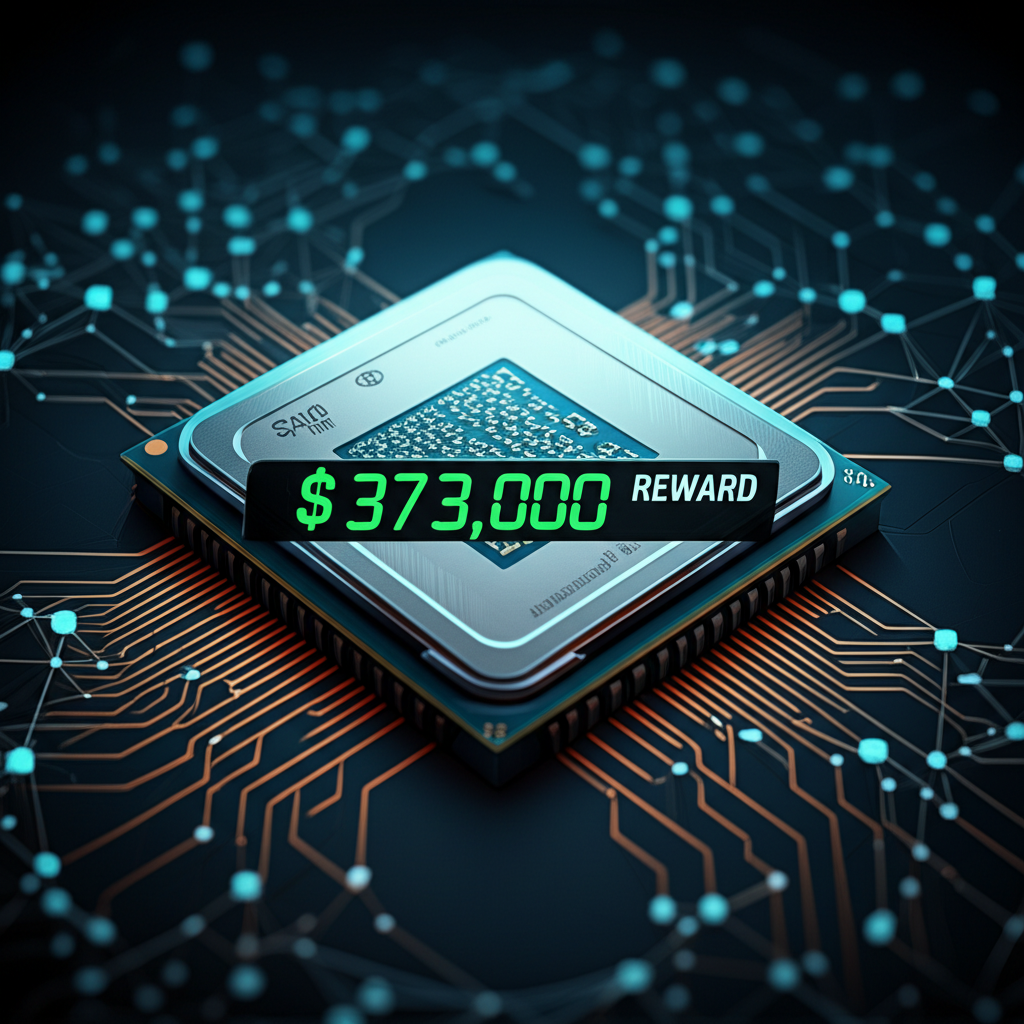
This event is more than just a story of individual success; it highlights the inherent decentralization and resilience of the Bitcoin network. The fact that a solo miner can still successfully compete, albeit rarely, underscores the network’s robust design and its resistance to complete centralization. While large mining pools currently dominate the landscape, this win shows that the network remains open to individuals, theoretically preventing any single entity from monopolizing block production.
This success also sparks discussion on the potential impact of future halvings on the mining landscape. As the block reward diminishes with each halving, the profitability of solo mining further decreases, making this recent win even more remarkable.
The Future of Solo Bitcoin Mining
While highly improbable, this event keeps the dream of solo mining alive. However, the long-term viability of solo mining remains questionable. The ever-increasing network hash rate and the associated energy costs make it an increasingly risky and challenging endeavor. This remarkable success story, however, provides a much-needed dose of optimism for individual miners, proving that even in a highly competitive landscape, success, albeit rare, is attainable.
Summary:
- A solo Bitcoin miner unexpectedly secured a $373,000 block reward.
- This rare event highlights the resilience and decentralization of the Bitcoin network.
- The achievement underscores the significant risk and reward inherent in solo mining.
- The success also raises questions about the long-term viability of solo mining in the face of increasing network hash rate and future halvings.


